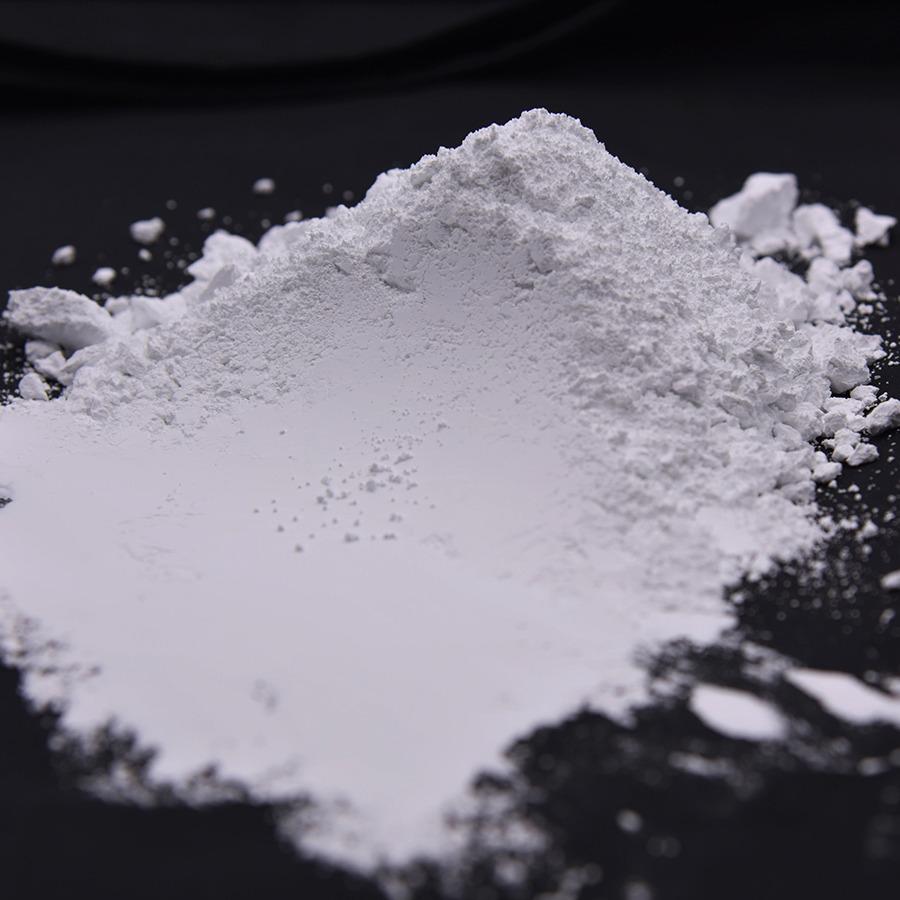
9 月 . 04, 2024 20:01 Back to list
precipitate of titanium dioxide
Precipitate of Titanium Dioxide An Overview
Titanium dioxide (TiO2) is a versatile compound widely used in various industries, from paints and cosmetics to food products and pharmaceuticals. One significant aspect of titanium dioxide is its ability to form precipitates, which are solid particles that emerge from a solution. The precipitation of titanium dioxide is crucial in numerous applications, impacting both the material’s properties and its efficacy in specific uses.
Precipitation occurs when the concentration of titanium ions in a solution exceeds their solubility, leading to the formation of a solid phase. This phenomenon can be induced through various methods, including changes in temperature, pH levels, and the addition of precipitants. When titanium salts, such as titanium tetrachloride or titanium sulfate, are dissolved in water, controlled conditions can encourage the formation of titanium dioxide precipitates.
The resultant precipitate of titanium dioxide can take various forms—anatase, rutile, or brookite—each showing distinct properties
. Anatase is often favored for photocatalytic applications due to its higher surface area and reactivity under UV light, while rutile is prized for its durability and effectiveness as a pigment due to its high refractive index and resistance to UV degradation. The ability to control the precipitation process allows manufacturers to tailor these attributes for specific applications.precipitate of titanium dioxide

One prominent application of titanium dioxide precipitates is in the production of high-performance pigments. The white pigment obtained from rutile titanium dioxide is widely used in paints, coatings, and plastics, providing excellent opacity and brightness. The unique scattering properties of precipitated TiO2 ensure that surfaces coated with this pigment appear vibrant and resilient to discoloration.
Moreover, in the field of nanotechnology, titanium dioxide precipitates have garnered attention for their photocatalytic properties, particularly in environmental applications. When UV light is applied, TiO2 can effectively degrade organic pollutants, making it suitable for use in water purification systems and air filtration. The development of novel methods to produce nano-sized TiO2 precipitates has led to enhanced photocatalytic efficiency, opening new avenues for their use in sustainable technology.
Furthermore, the food industry has also explored the use of titanium dioxide as a pigment and additive. While it enhances the visual appeal of various products, its safety and regulatory status have been scrutinized, leading to ongoing discussions regarding its use in food products. This highlights the need for stringent quality control and consumer awareness as industries continue to leverage the benefits of titanium dioxide.
In conclusion, the precipitate of titanium dioxide plays a crucial role in various applications, ranging from pigments in paint to catalysts in environmental remediation. The versatility of TiO2, along with advancements in synthesis and processing, empowers industries to innovate continuously while addressing both performance and environmental concerns. As research progresses, the future of titanium dioxide precipitates looks promising, with potential breakthroughs poised to optimize their use across diverse sectors.
-
Lithopone for Plastic & TiO2 R-5568/SK-6658 Masterbatch Solutions
NewsMay.30,2025
-
China Leading Rutile TiO2 Manufacturer - R5566 & R996 Grades Available
NewsMay.30,2025
-
High-Purity Anatase & Rutile TiO2 Powder Trusted Manufacturer
NewsMay.30,2025
-
High-Purity Anatase Products Trusted Supplier & Manufacturer
NewsMay.29,2025
-
Best Price Eco-Friendly Rutile TiO2 Supplier & Wholesale Factory
NewsMay.29,2025
-
Chinese Anatase Titanium Dioxide for Ceramic Glaze Reliable Supplier
NewsMay.29,2025
